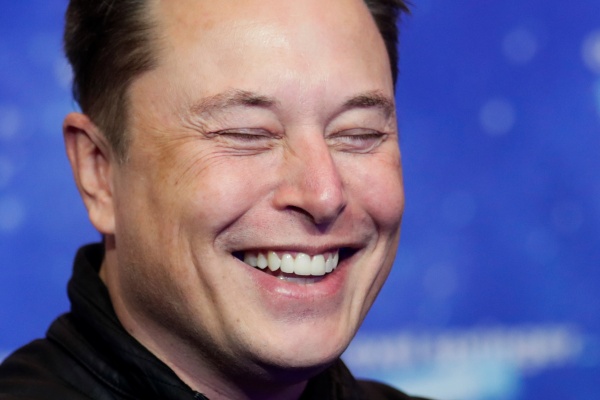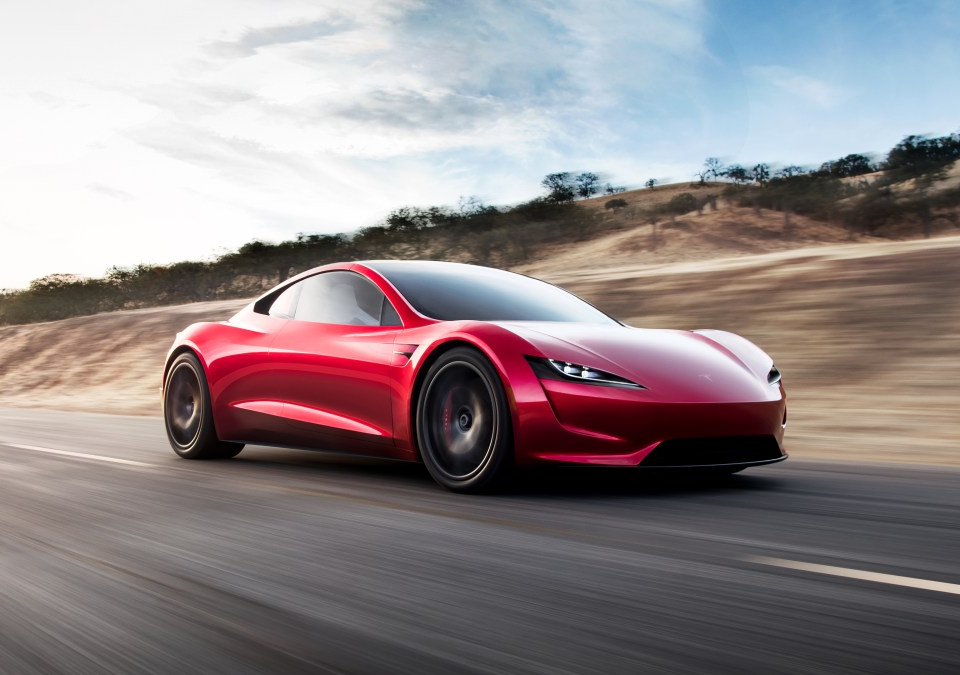
Elon Musk discloses that Tesla owns Dogecoin, but how much does it have?
July 22, 2022
Harmonizing human-robot interactions for a ‘new and weird’ world of work
July 23, 2022
Elon Musk has dominated this summer’s headlines beyond the EV business he’s trying to scale.
During the first half of July, the Tesla CEO commanded attention for adding twins to his brood of 10 children, backing out of a $44 billion deal to buy Twitter and going shirtless while yachting on the Aegean. Meanwhile, the far-reaching rounds of layoffs he initiated in the spring after voicing his “super bad feeling” about the economy have led to a spate of wrongful termination lawsuits.
It’s enough to overlook the fact that Tesla’s bread and butter business — electric vehicles — seems to be in a precarious position.
Tesla’s global deliveries fell nearly 18% in the second quarter compared to the first period — the automaker’s first quarter-over-quarter decline in two years — amid a supply chain crunch, factory shutdowns and a shortage of raw materials to make the batteries that power its vehicles. And while the company’s year-over-year delivery numbers were well in the black, the more recent quarterly decline has some wondering if this is just a blip or a sign of what’s to come the rest of the year.
Tesla’s second-quarter financial report Wednesday should provide insight into how Tesla is managing these headwinds, as well as continuing to develop its Supercharger network and improve its Autopilot software. A call with analysts after the market closes on Wednesday will likely delve into other facets of the business and shed light on Musk’s long-term vision for the company.
What analysts and TechCrunch will be watching out for
Per data from Yahoo Finance, analysts expect that Tesla generated Q2 2022 revenues of $17.2 billion and $1.85 in earnings per share. For the second quarter of 2021, Tesla reported $11.96 billion in revenue and $1.45 in earnings per share.
1. Production
After a stellar first quarter, Tesla showed that it’s not immune to the macro pressures that have slowed the global automotive industry. The company blamed its disappointing second-quarter production figures on COVID-19 lockdowns in China that shuttered its Gigafactory Shanghai.
The spring openings of Tesla’s $5 billion Gigafactory Berlin – its first factory in Europe – and $1 billion Gigafactory in Austin didn’t help Tesla recoup the losses. The automaker’s global deliveries fell 17.9% to 254,695 electric vehicles in the second quarter, down from the 310,048 deliveries reported for the first quarter of the year.
Tesla’s U.S. sales fell 18.3% to 131,449 units in the second quarter, compared with the same period last year, according to Autodata Corp.
The automaker may provide an update Wednesday on its production outlook, as well as the status of its future lineup, which is set to include a Tesla Cyber Truck, Roadster and Semi.
2. Supercharger network
Last quarter, Tesla announced plans to cut costs and generate revenue at its Supercharger network by extending peak-charging hours at certain Superchargers and charging customers for the Gen 2 Mobile Connector Bundle that was historically included in the purchase price of a new Tesla.
We’ll be tuning in Wednesday for updates on Tesla’s plans to expand its Supercharger network in the U.S. and turn its charging stations into profit centers. A White House memo in July revealed that Tesla plans to begin opening its Supercharger network to other electric vehicles by the end of the year. The rollout could help Tesla attract new buyers while profiting from customers of other EV brands.
The question is how will Tesla manage its existing and loyal customers while bringing new non-Tesla drivers into the fold? We’re hoping Musk addresses that challenge during the call.
3. Software
Tesla’s Autopilot software made headlines this month as the National Highway Traffic Safety Administration opens special investigations into a spate of fatal crashes involving Tesla vehicles.
The latest probe, announced Monday, seeks to ascertain whether Autopilot was engaged when a 2021 Tesla Model Y killed a motorcyclist in California. The federal safety agency is looking into several other fatalities involving Tesla vehicles in California and Florida.
Meanwhile, Tesla appears to be disbanding the team developing its Autopilot technology. The automaker said last week that it’s laying off 229 data annotation employees who are part of the company’s larger Autopilot team, and is shuttering the San Mateo, California, office where they worked. Tesla announced the following day the departure of Andrej Karpathy, Tesla’s director of AI and leader of its Autopilot vision team.
We’ll be listening for Tesla’s plans to develop its Autopilot software and improve its safety record.
4. Bonus round: Master Plan 3
Musk has not spoken of the Master Plan 3 to scale Tesla to the “extreme” since he teased it in March. At the time, he tweeted that plans to deploy artificial intelligence and scale the automaker’s operations will dominate the next installment of Tesla’s long-term playbook.
“Main Tesla subjects will be scaling to extreme size, which is needed to shift humanity away from fossil fuels, and AI,” Musk tweeted. “But I will also include sections about SpaceX, Tesla and The Boring Company.”
Will talk of the Master Plan 3 resurface during Wednesday’s analyst call, or does the automaker have too much on its plate right now to plan its next act?
This story has been updated to include most recent analyst estimates for revenue and earnings per share as of Wednesday afternoon.



